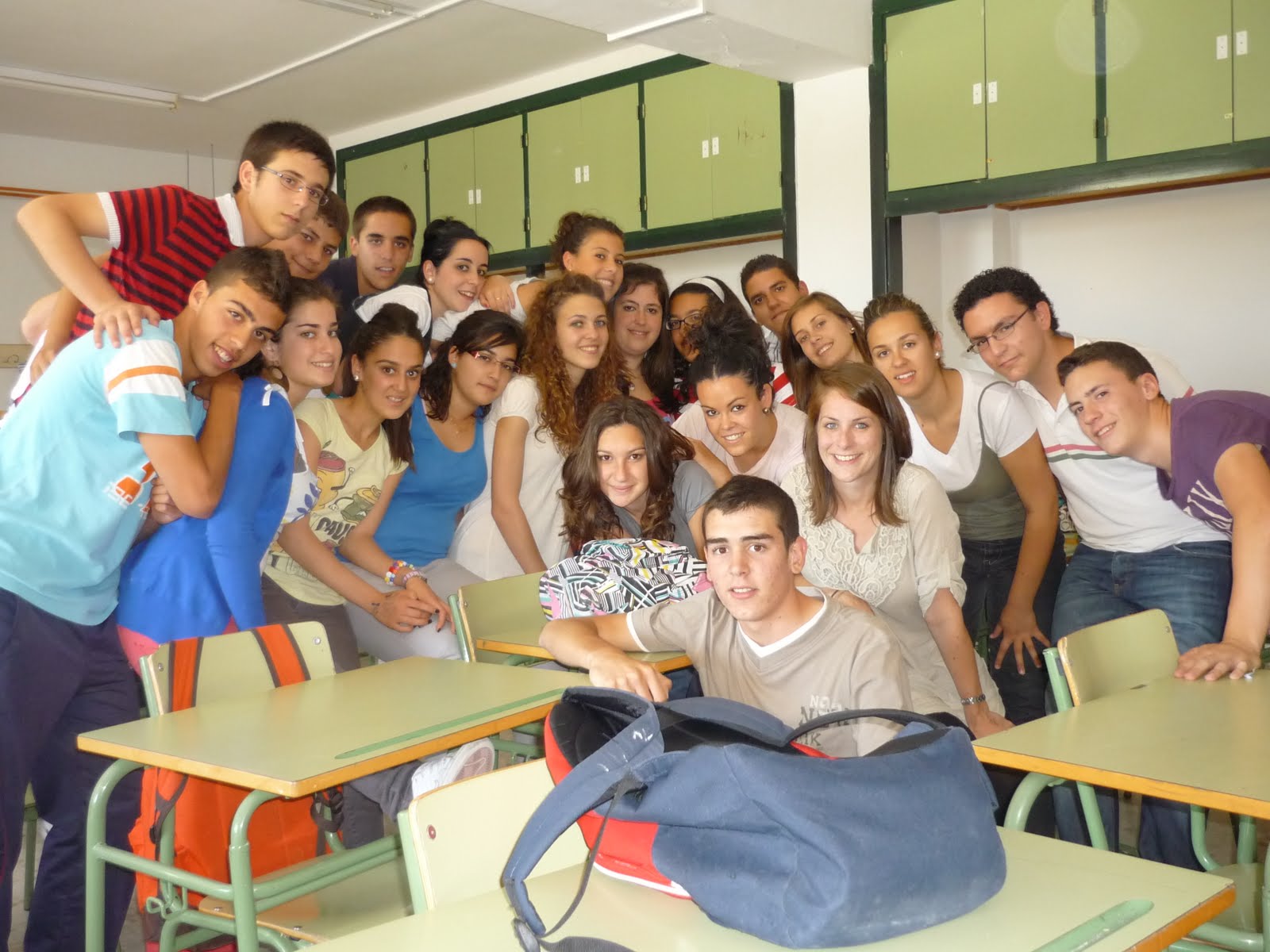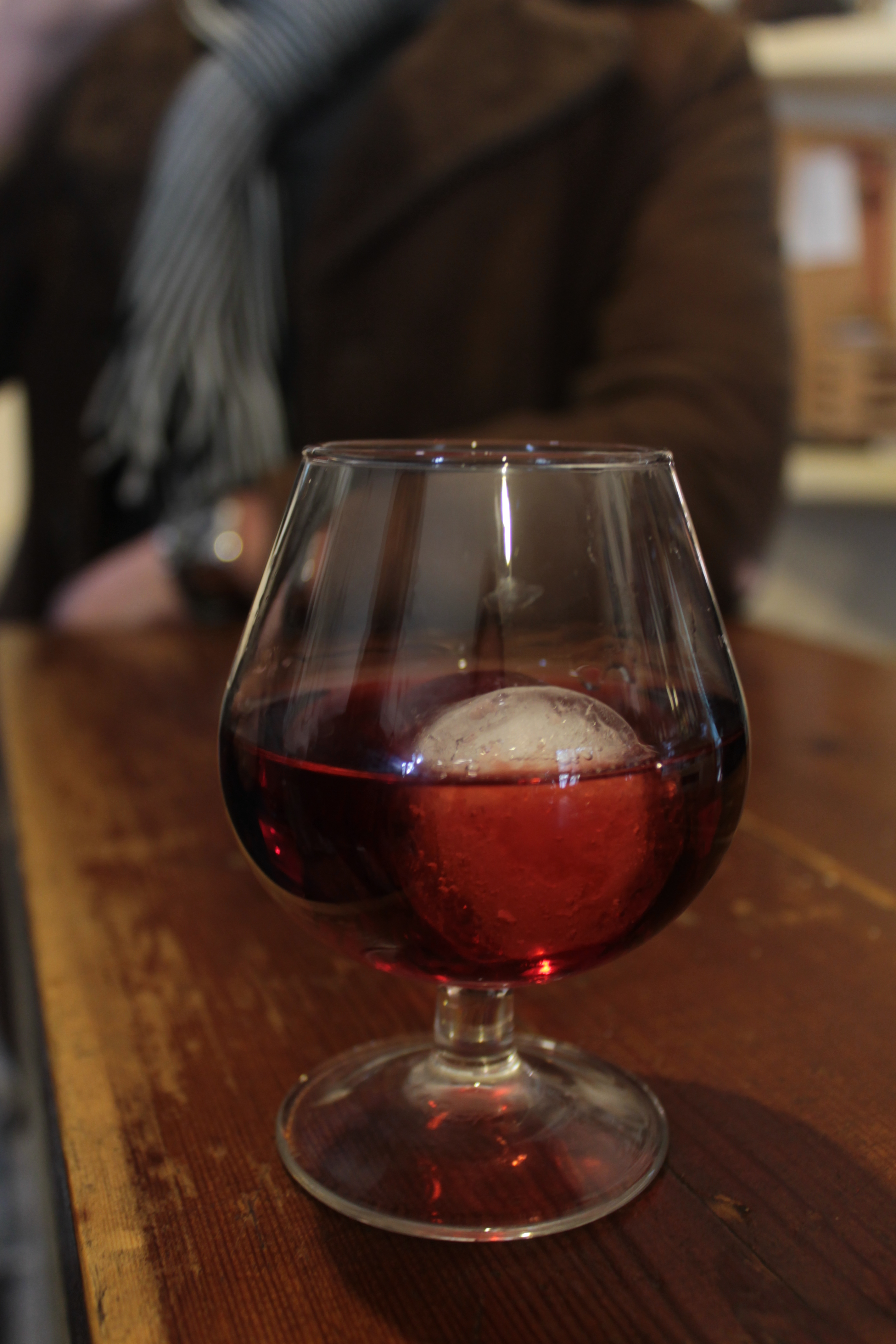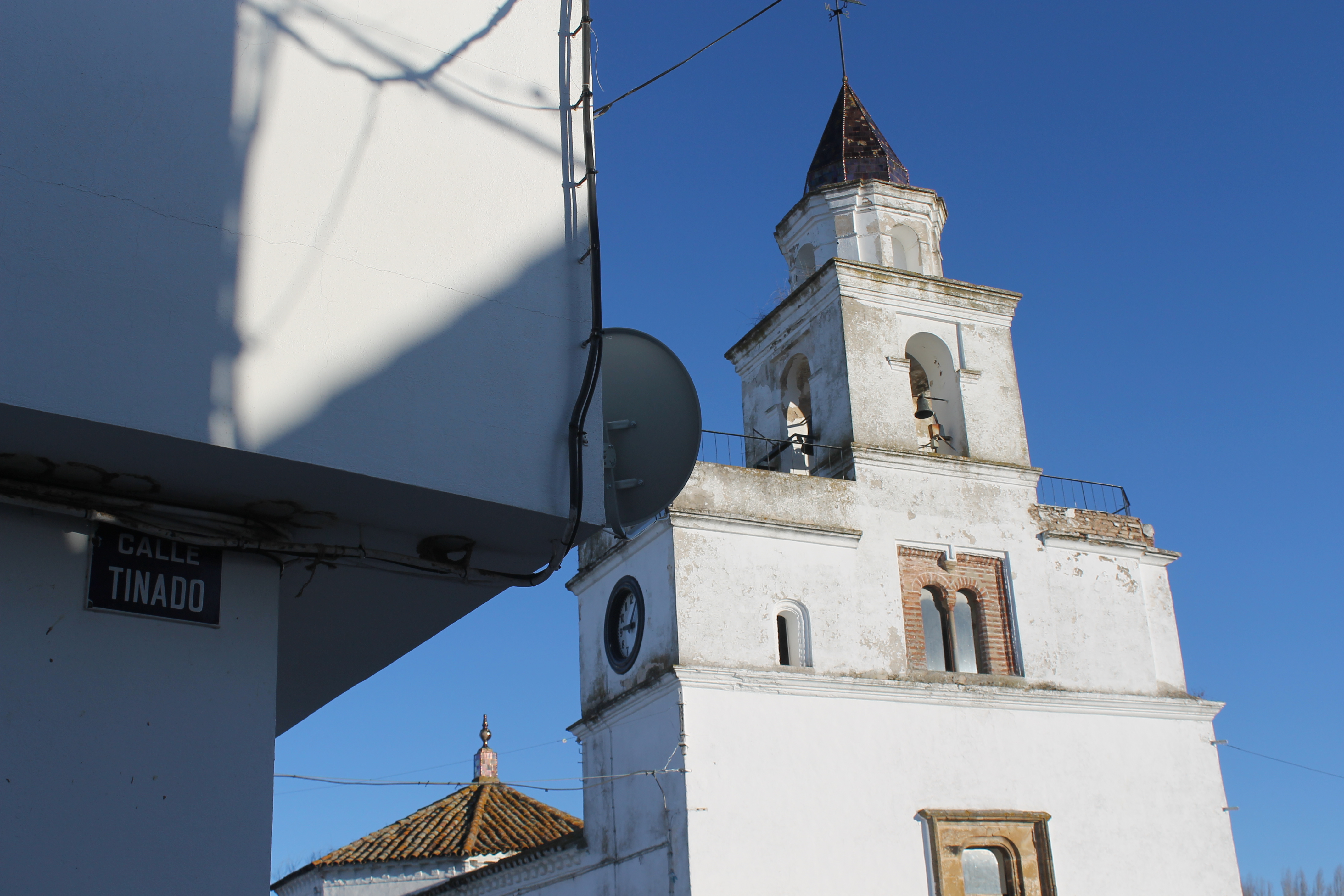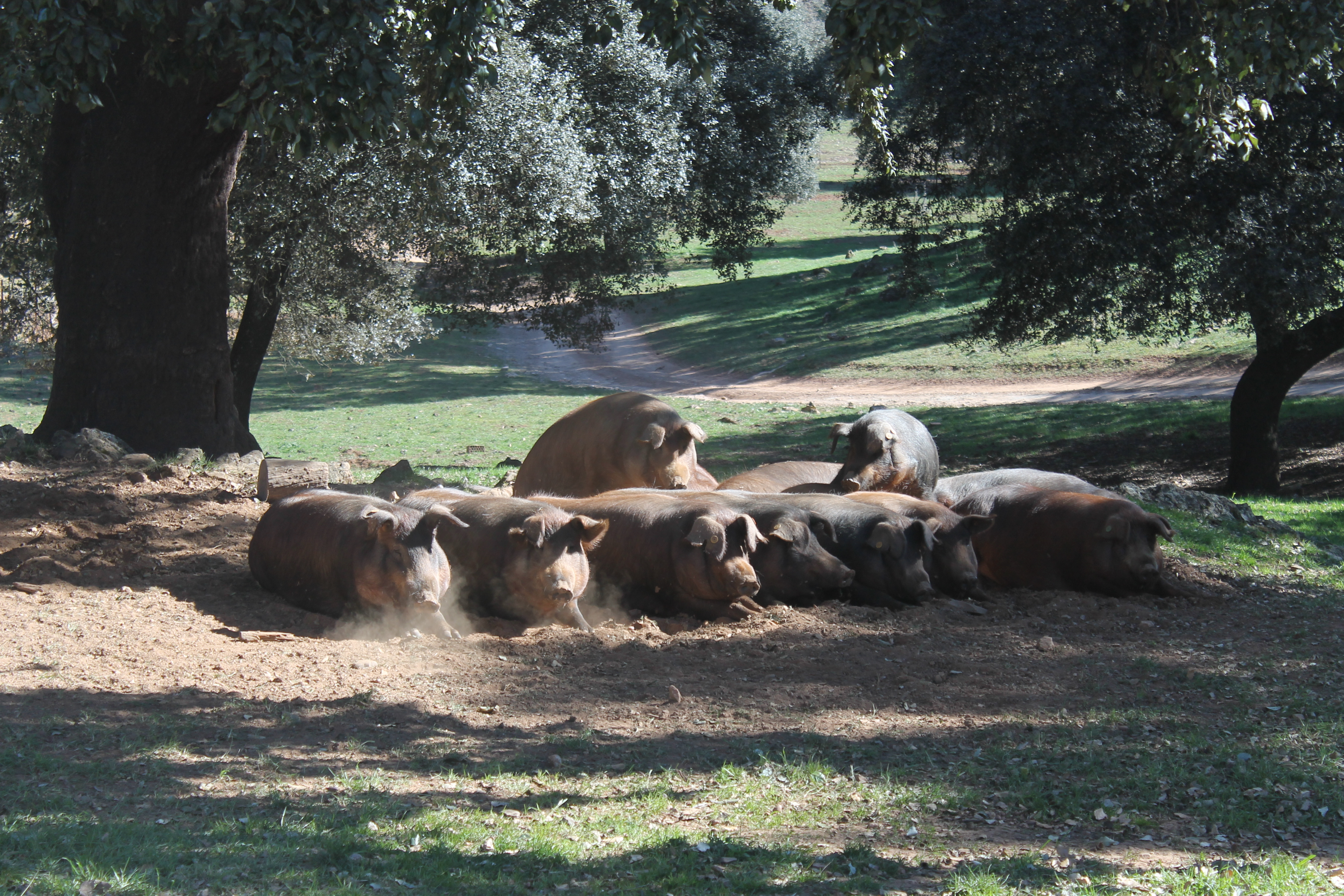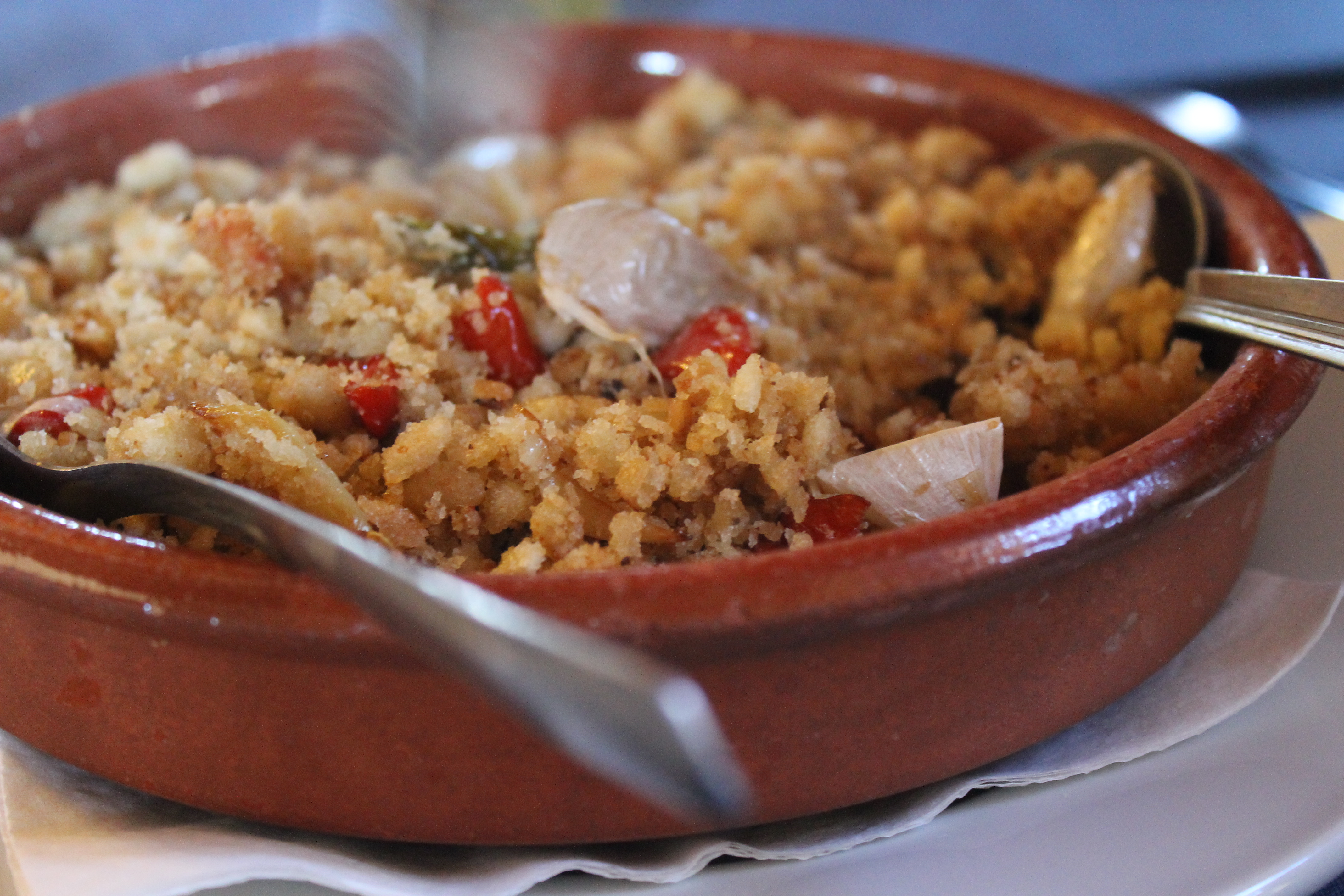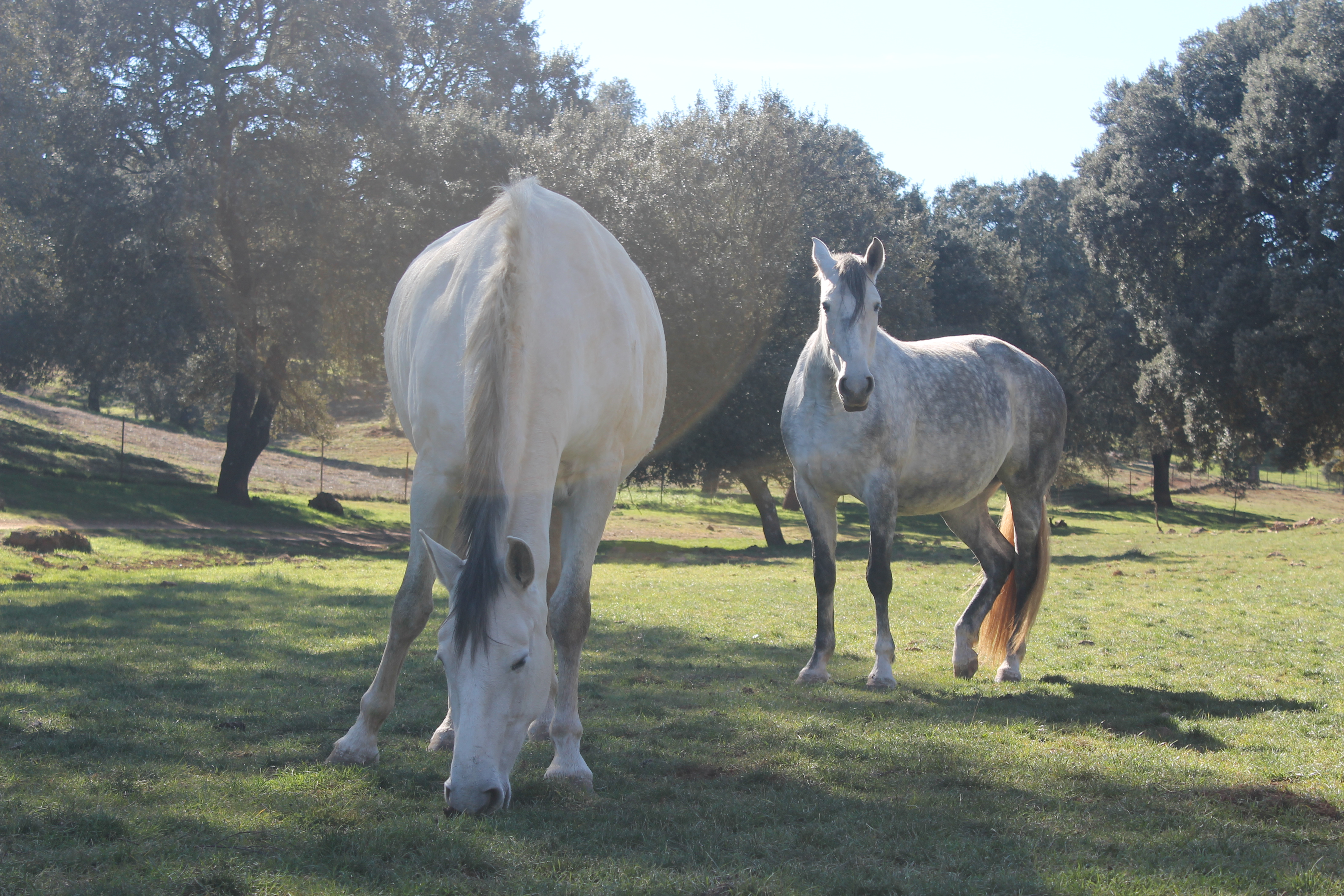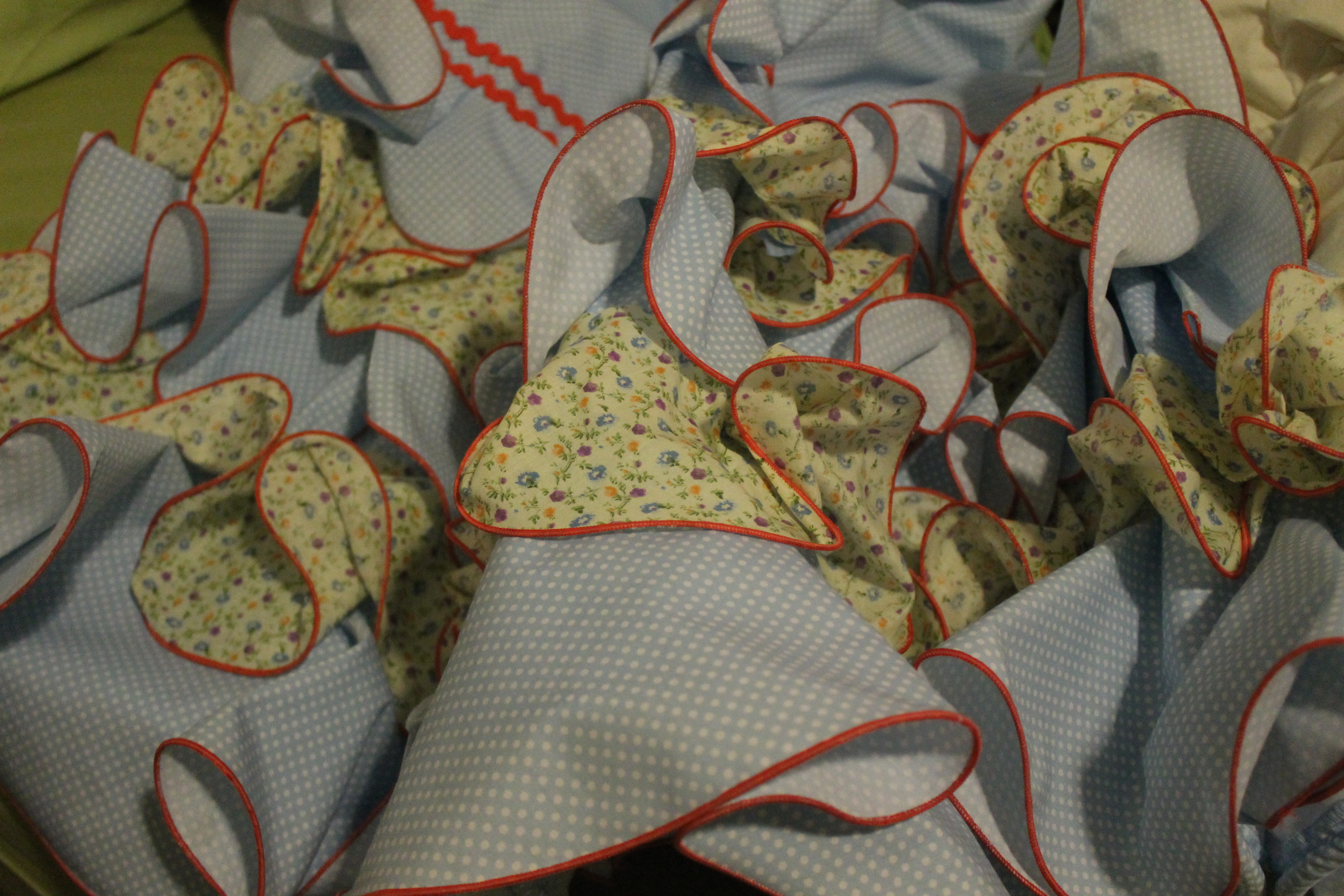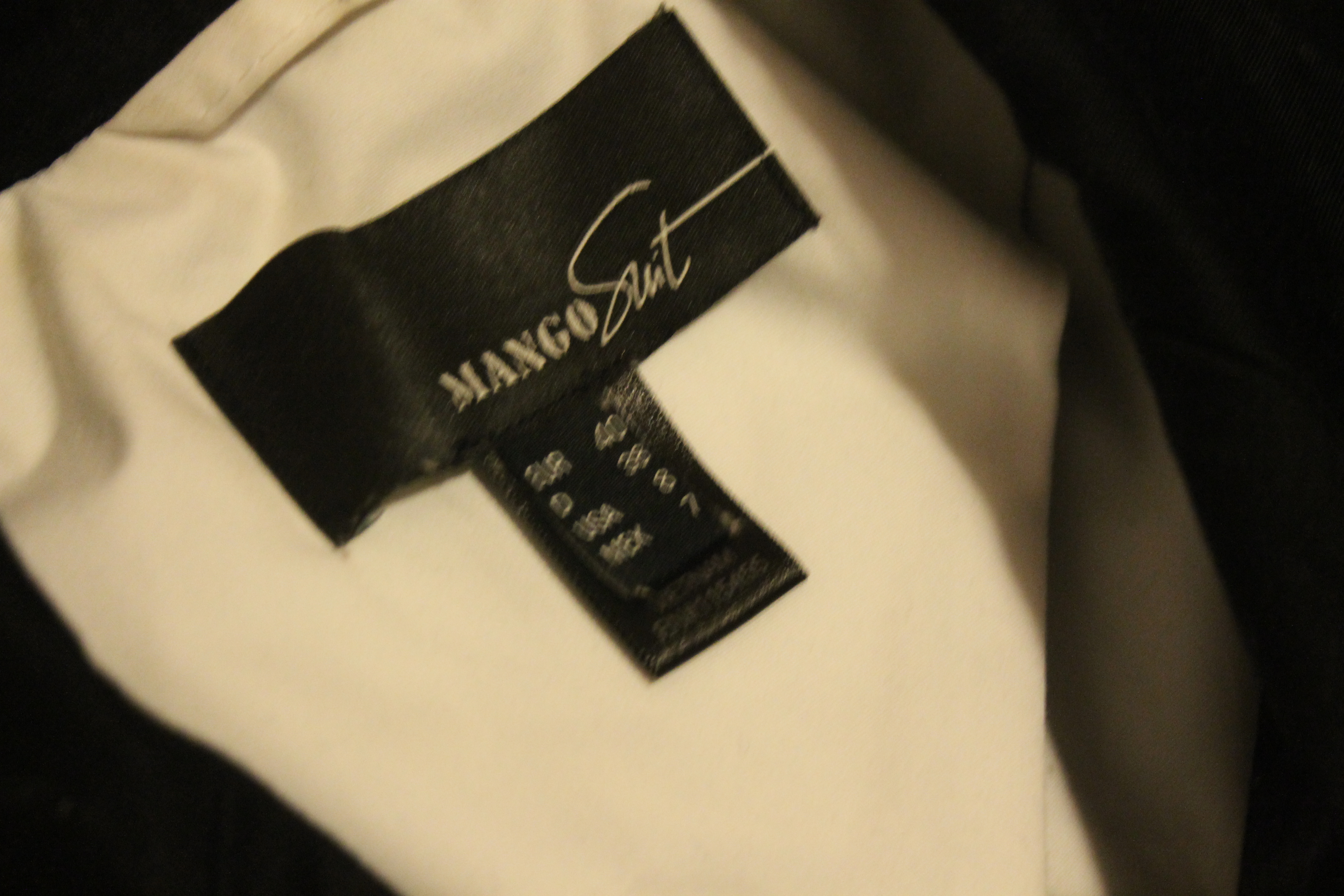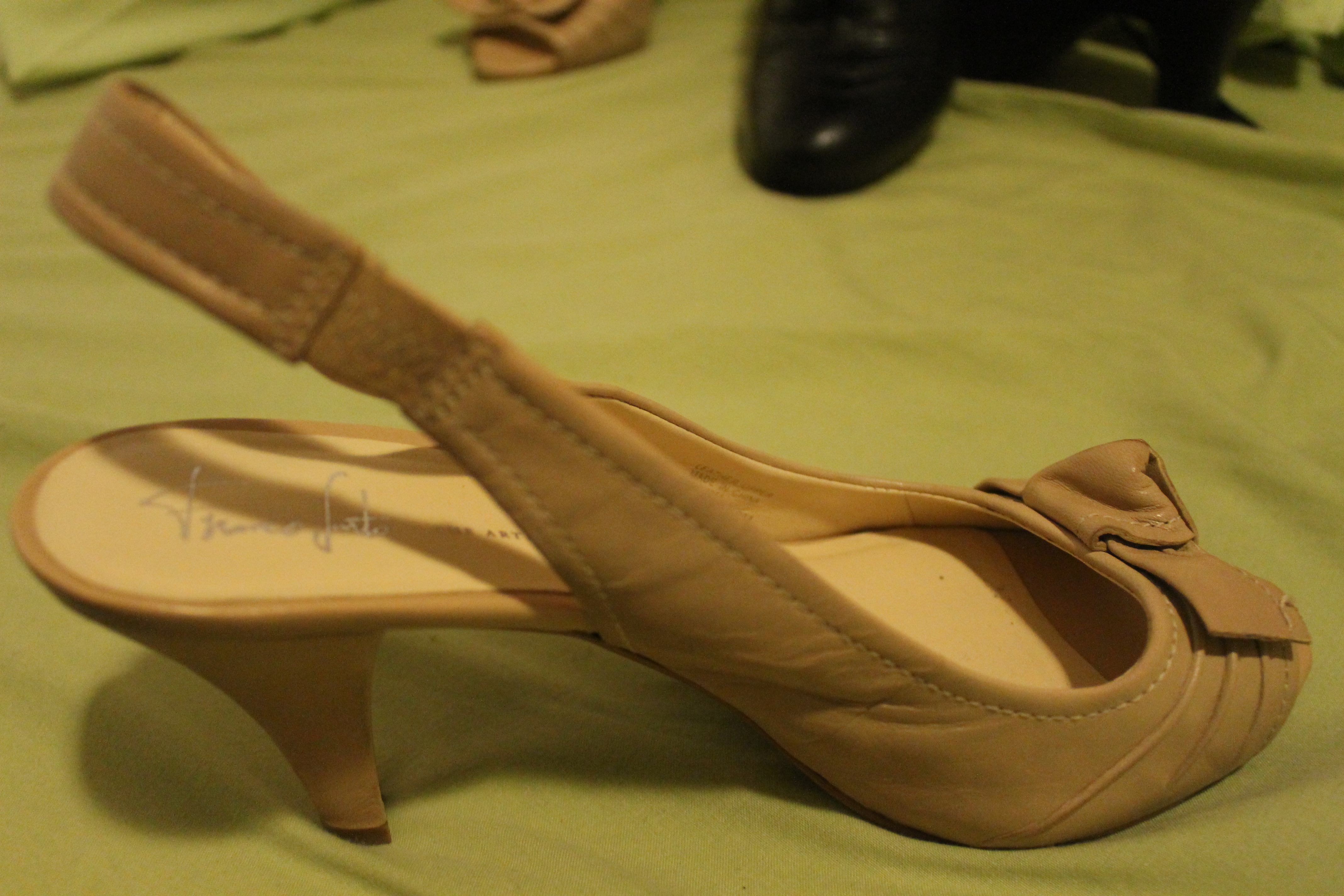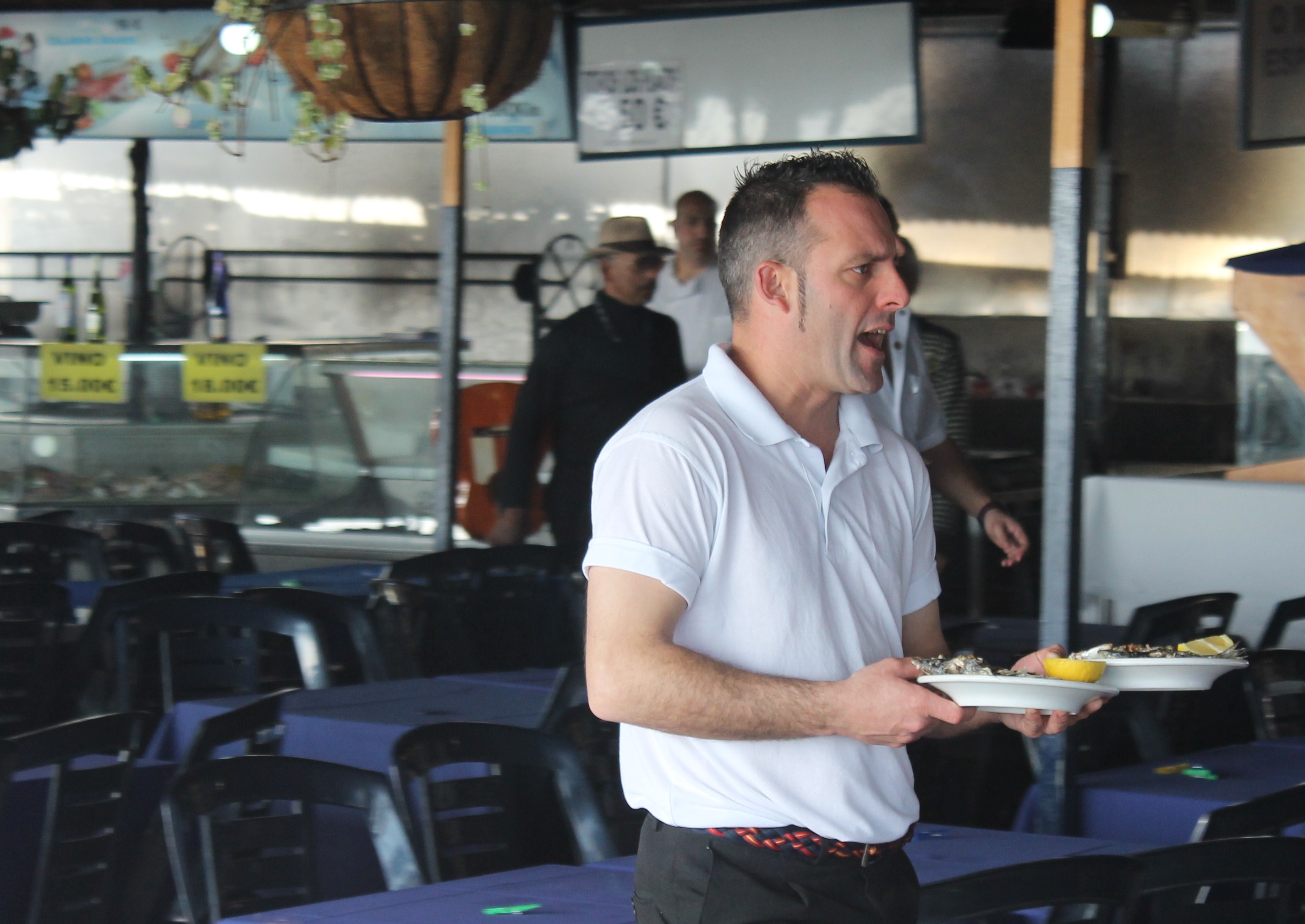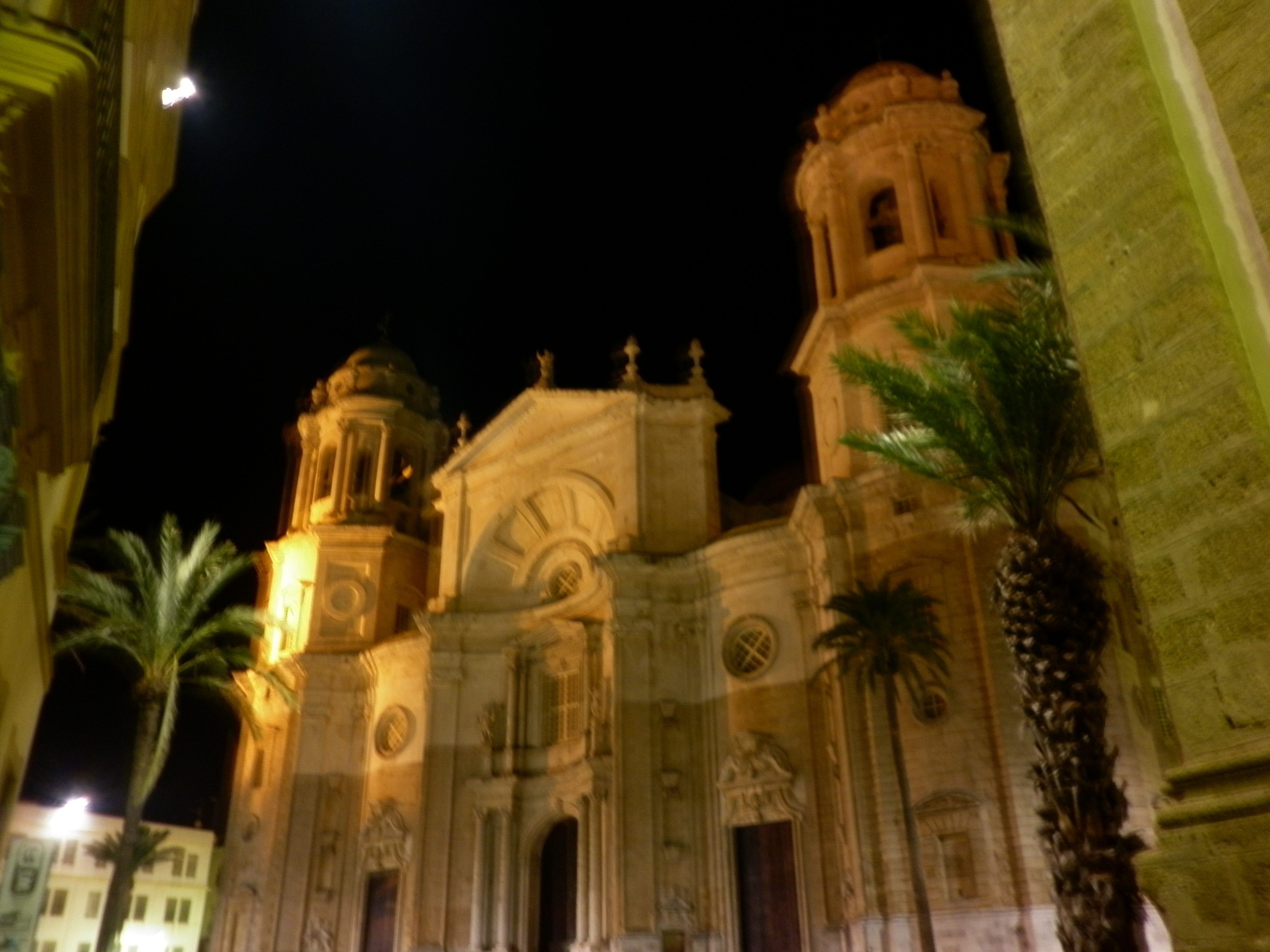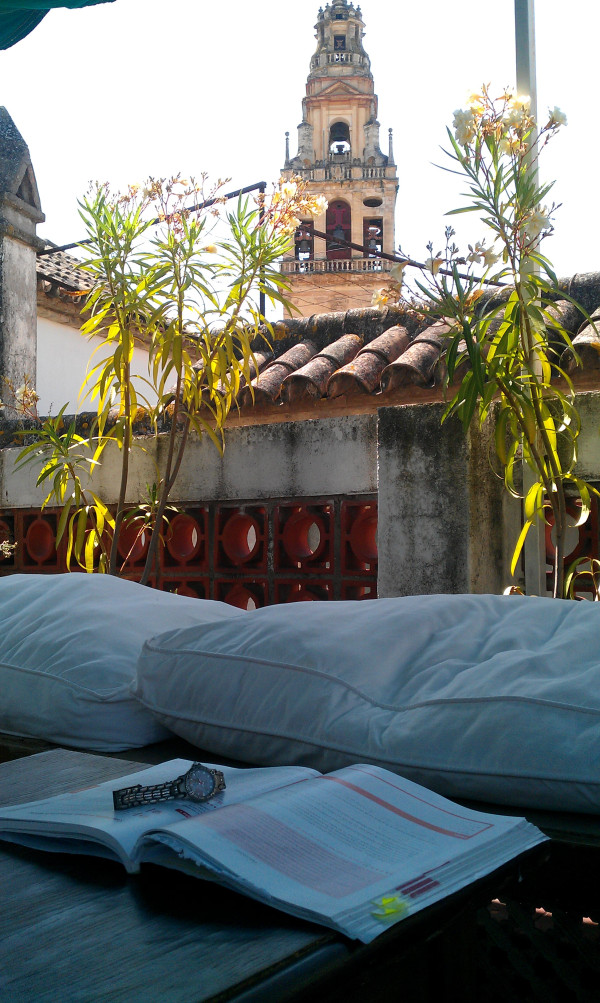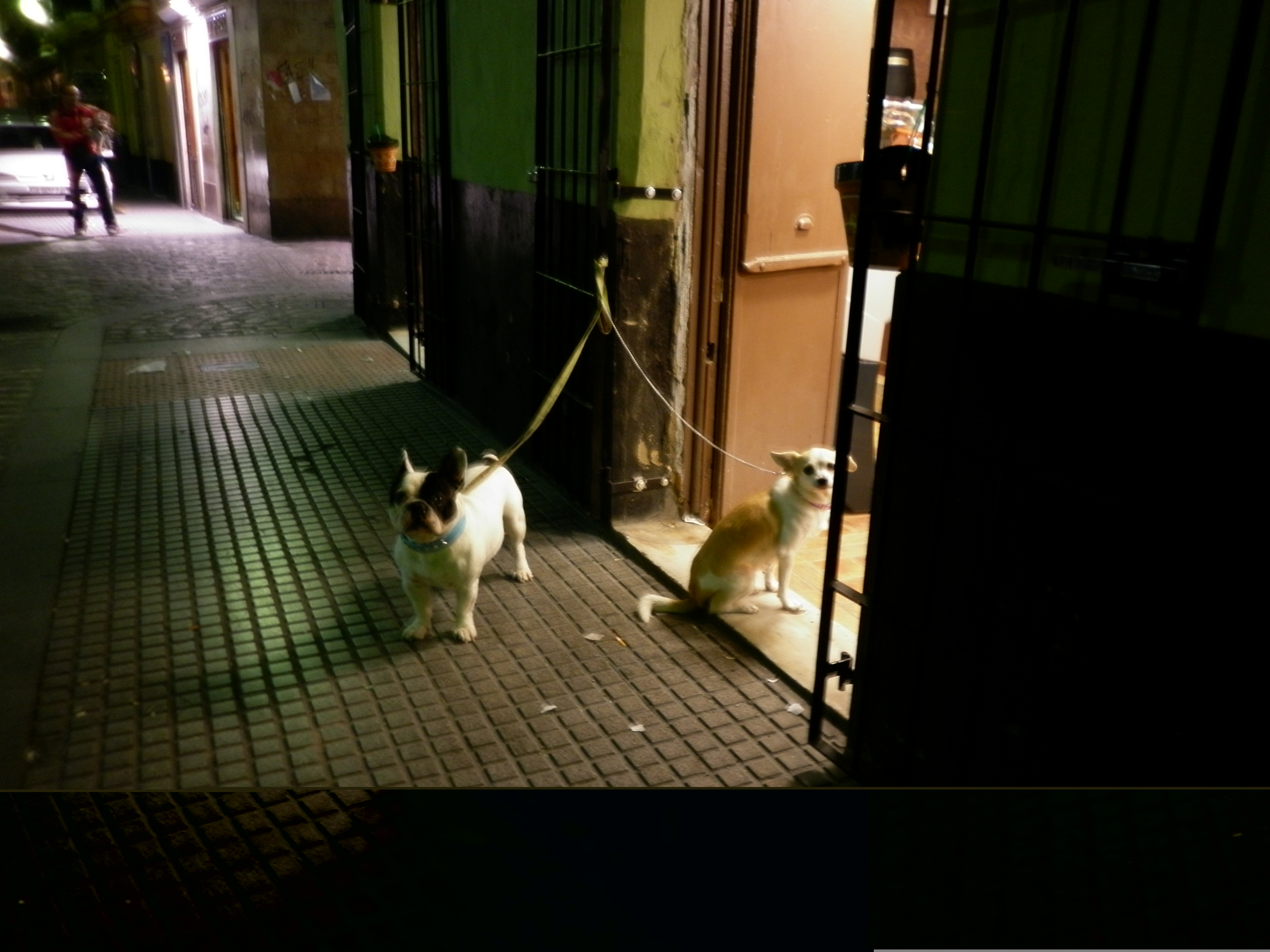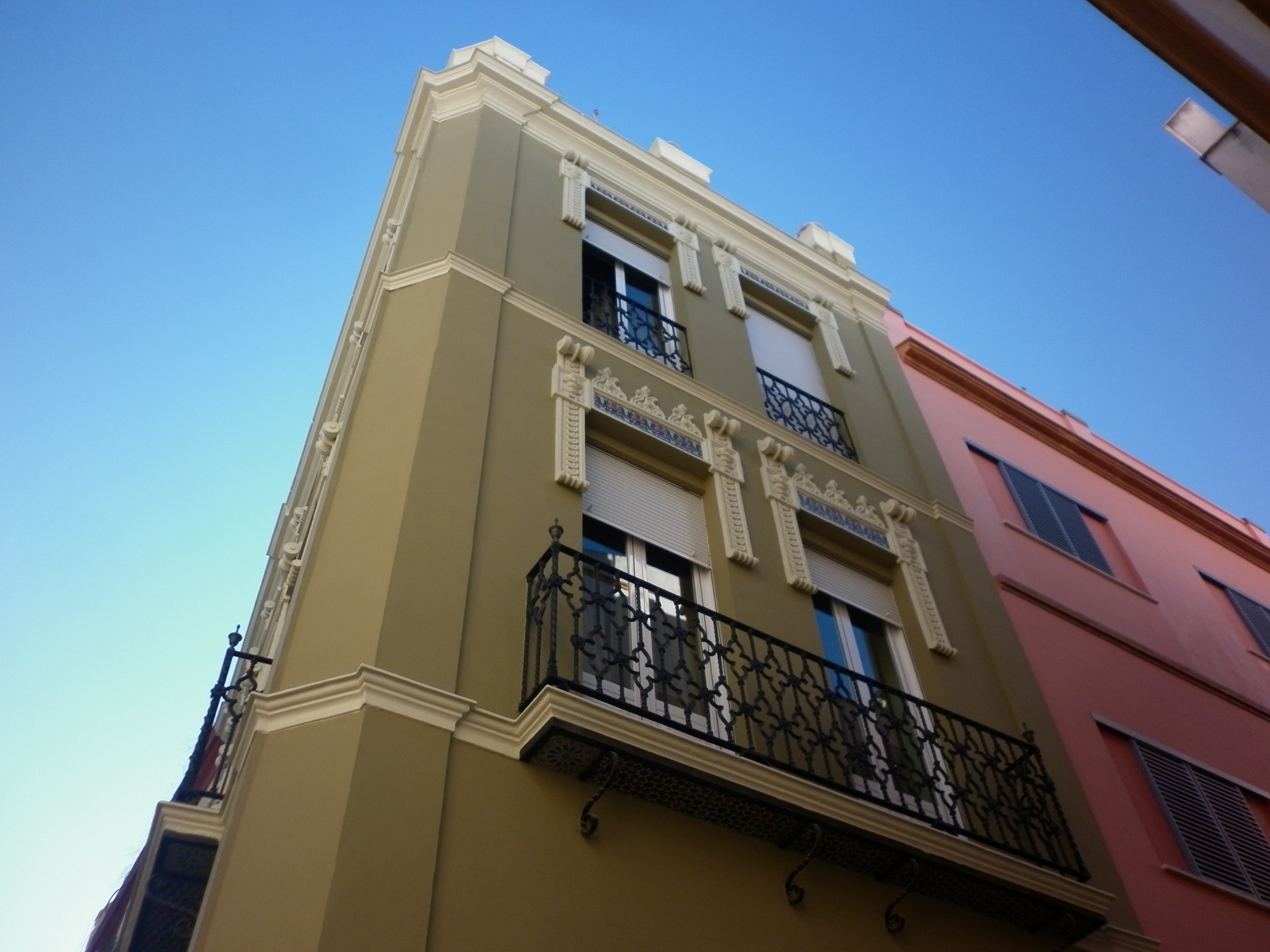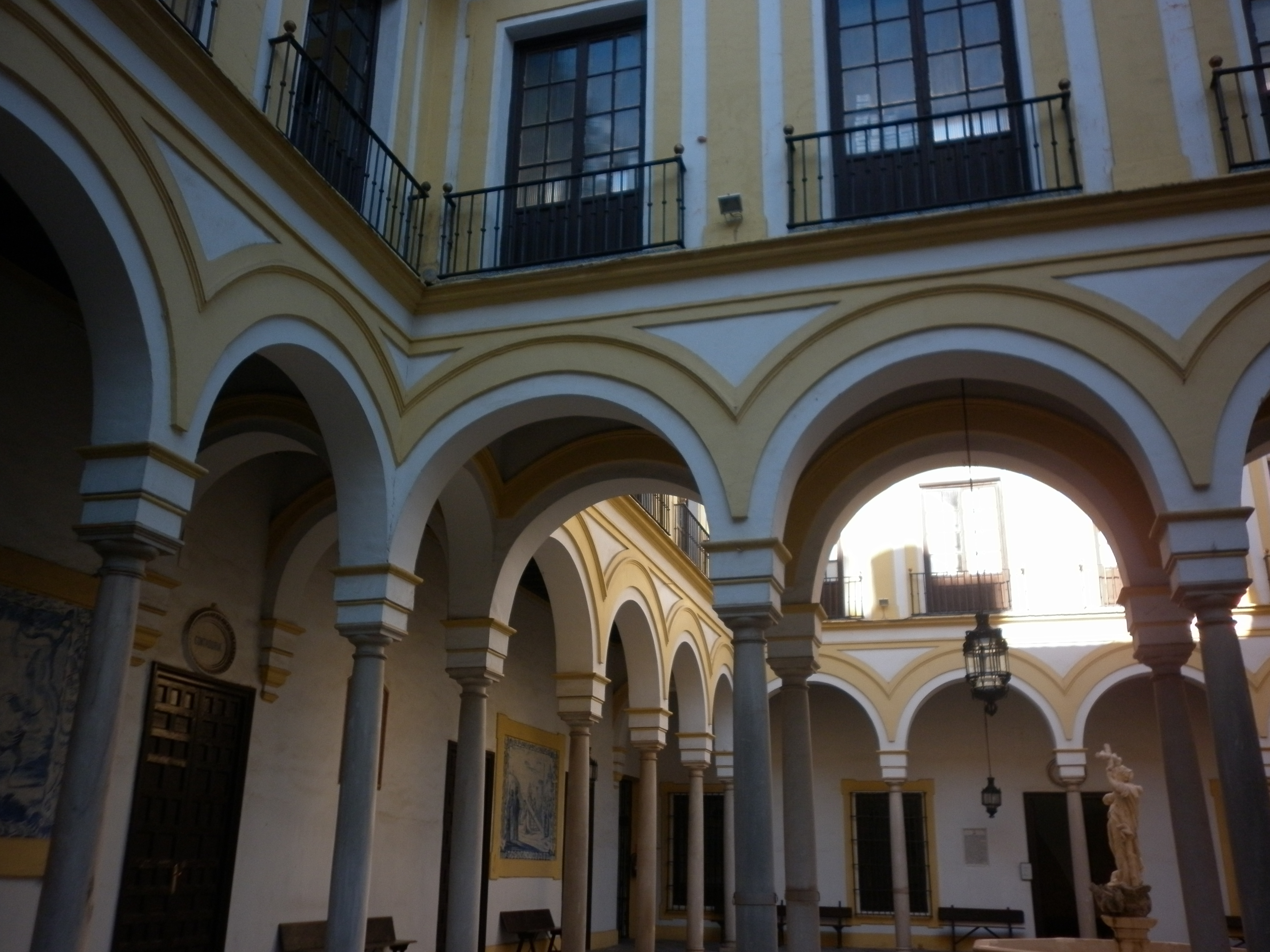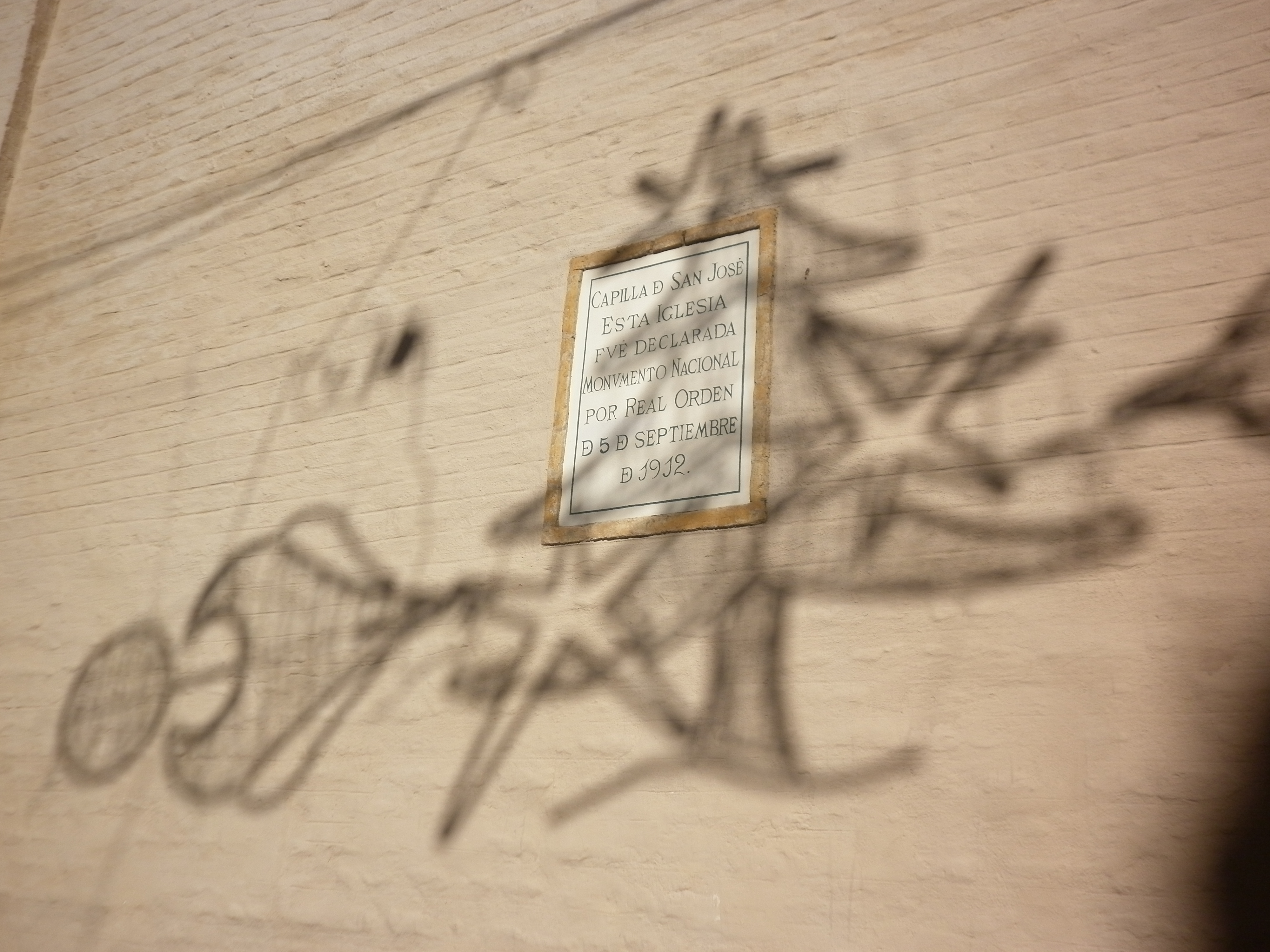My kids are learning about food in both English and Science. The only grammar they need to know in English is, “Can I have a(n)/some ____, please?”, but I am the most exigente teacher ever and make them ask for everything in English.
So I amped it up, asking them to start distinguishing between I like and I love and I don’t like/I hate.
I wanted to use this video, but figured it would be too tough:
Instead, they folded a sheet of paper into four parts and labeled them, I LOVE, I LIKE, I DON’T LIKE, I HATE, filling in the blank and drawing the word.
I got everything from I love football to I hate football, got one I don’t like Engliss (typo intentional, here) and I don’t like pizza (who are youuuu?).
My favorite is below:


